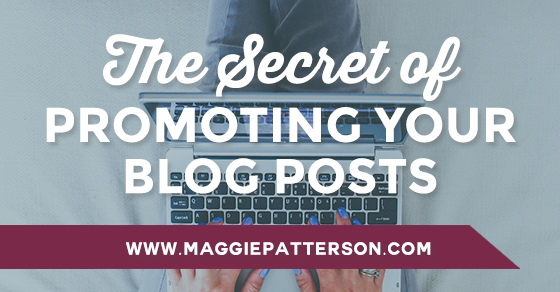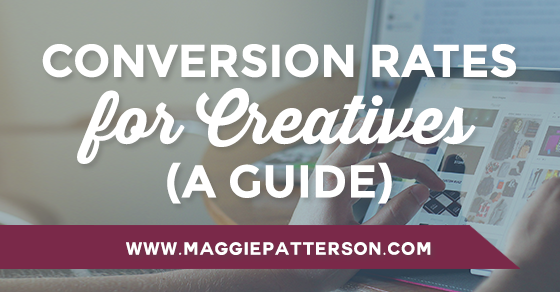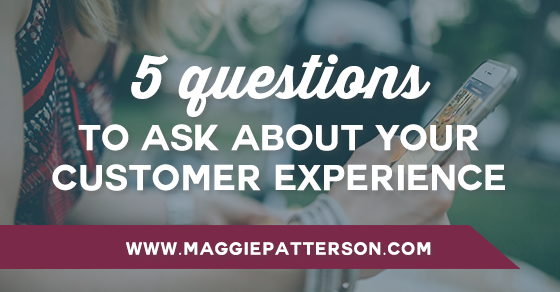 With the podcast in place which is uber practical, I’ve been thinking a lot about what to actually blog about. I’ve had a couple conversations lately have really are making me think about how I can contribute – in a positive way – to creating a dialogue about the realities of entrepreneurship. If you will, sharing the ugly bits of what it is like to be an entrepreneur.
With the podcast in place which is uber practical, I’ve been thinking a lot about what to actually blog about. I’ve had a couple conversations lately have really are making me think about how I can contribute – in a positive way – to creating a dialogue about the realities of entrepreneurship. If you will, sharing the ugly bits of what it is like to be an entrepreneur.
Online business is like online dating, where everything seems a certain way, and then after three months you fly across the country for your long-awaited meeting….
And oh my word, it is not good. It is disappointing. Frustrating. Heart wrenching. Because all that shiny, surface stuff is a total sham. Your dream dies a swift death and you are calling the airline to get your butt home as soon as possible.
Welcome to online entrepreneurship where shiny, happy outsides don’t tell the whole story. And that’s some of the stuff I want to tackle in the next weeks and months here on the blog. All the ugly bits that are ignored, neglected and simply not talked about enough.
Side Note – If you want to talk more about online dating and online business, that happens to be the topic of next week’s podcast episode with my guest Jessica Kupferman of Lady Business Radio.
This is where context comes in. As a business owner, we all tell stories, but a lot of those times, the story is incomplete. Without context you are missing how you actually connect with people on a deeper level. You are doing your content a major disservice.
Why You Desperately Need Context
Everyone talks about telling a story, but where the real power is in providing the context for the story.
Think of the absolute best concert you ever went to. For me that probably was a Dave Matthews concert back in the 90s. What made that concert so good, so memorable wasn’t just the music, it was the context of the music. The venue, the people, the arrangements….and how Dave Matthews shared things about the songs we we hearing. That’s context at work.
In your business, context can be created in so many ways. Do you use words or video? What tone and manner do you use? What facts do you include?
All of those things help fill the gaps for your audience. When you leave too much room for interpretation your point can be quickly lost.
If you aren’t convinced, check out the Kuleshov Effect. ( Finally! My time in film studies class is useful!) The Russian filmmaker edited together the same clip three ways to illustrate how we bring our own emotional reactions to the table. 100 years later, it’s something that psychologists still talk about use as an example of the idea that our brains draw inferences based on the information we are given.
The same thing goes with how you tell your story. Whether you are talking about your business in a Facebook group, or writing a blog post. A little bit of context can help you stop people from filling in the blanks and seriously help amp up the power of your message.
Enough with the Russian Film Lesson, How Do We Actually Apply This?
Context is everything. Adding context to your story will elevate your game and help you form stronger, more meaningful connections.
Note. I’m not talking about some squishy, manufactured transparency. If you bring that to the conversation, you might as well not bother. People know when your “authenticity” or “transparency” is cultivated and controlled. It smells F-A-K-E and eventually that will run out.
On the flip side, do you need to share every little thing? Hell to the no. I do not need to know your lunch choices every single day. I can guarantee there’s something things I will likely never talk about and that’s okay, because they are not relevant to the stories I share.
You have the power to edit, but if you are going to “go there” telling a story, you need to add the things that round it out. If you were writing a research report, you’d include data. If you are sharing stories in your business, you need context.
Start Using More Context Right Now
Here are some practical easy ways to start using more context starting right now in your storytelling:
#1: Share Bits of the Backstory
This is something I personally try to do as much as possible. I don’t pretend I just showed up online and was able to build a business. I am very clear that I had a business for 8 years where I learned the ropes, and before that I spent 5 years getting the best training humanly possible in a top PR agency. Without sharing those parts of my backstory, my “successes” may be depressing to someone fresh to the business world. I came to this gig knowing how to do contracts, billing, new business meetings, marketing and all sorts of things that give me an edge over a total newbie.
#2. Give Credit Where Credit is Due
Oh that launch that sold a gajillion and propelled you to a big money goal….enough already. It didn’t happen overnight. Did you walk into your first launch with a list of 10,000 people you’ve been working on for three years? Did you have a big name partner who was the starmaker? That’s context that must be shared. Let people understand that there’s more to the story and there’s no such thing as an overnight success.
#3. Use the Right Medium
Have you ever got an email where you thought, OMG? Is this person serious? That’s exactly what happens when you use the wrong medium for your storytelling. It’s like a game of telephone where everything ends up a hot mess and no one knows what the story really is. Every medium from a blog post to a video to a podcast brings context. Think more about the context of your story and how it is best served.
#4. Be of Service
Trust me, the world only wants to hear your story if it is in someway useful or helpful to them. Service should be part of the context of your story. Why are you telling me this? Why the @#$@# should I take time to listen? Be clear and find a way to use that context to form a bond with your audience. Don’t just share a brag or insight – tell them why you are doing it and how you hope it will help them. (Without being patronizing or condescending of course, because that’s just not cool.)
#5. Straight Up Honesty
If you can’t be straight up honest and share context, maybe you shouldn’t tell that particular story. Part of my sharing this story with you today is about my honest irritation with all the shiny, happy online marketing crap. Celebrate success, but share the failures too. Those moments that are so ugly you don’t want to share them, they may help someone.
That time you spent an entire day lying in bed crying because you were so overwhelmed and then you had to work with three different coaches to get your head checked? (True story, by the way circa October 2013.)
That is context which helps someone figure out that asking for help is okay, and necessary to being successful. Or that even the toughest ladies have big breakdowns on the way to the next level too.
So, how can you be more transparent? How can you add more context to all of your content? What of the five lessons can you apply starting now to create stronger connections?
Ask yourself all of this next time you produce content.
Comment below please, because this is just the start of a journey here on the blog into the ugly bits of this online business gig. I’ve got quite a list of things I want to tackle and open up a dialogue about with my own context on the bigger story.


